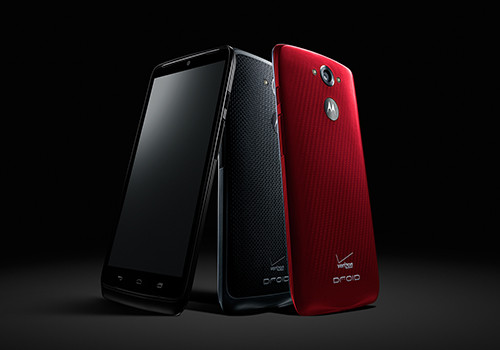Droid Turbo vs. Moto X 2nd Gen compared: Motorola cousins
Battery or size and design? It's all about which feature you prioritize, and these two devices will make deciding much harder than it already is.
Since the release of Motorola Droid Turbo on October 2014, it has been playing tug-of-war with its cousin, Moto X 2nd Gen, which was launched on September of the same year. Stepping out just two months apart, critics can't help but compare its similarities.
For one, they both have AMOLED 5.2-inch screens with HD display, Gorilla Glass 3, and runs on Android KitKat. However, Droid Turbo is beefier than Moto X, sitting at 169g and 144g, respectively. But the 169g weight is not just all fats, there's a very worthy reason behind it: a large battery, and with large battery comes longer runtime. Droid Turbo has an amazing 3900mAh of battery, squashing Moto X's 2300mAh.

The Motorola Turbo Charger, which promises eight hours of power with just 15 minutes of charging, comes free with the Droid Turbo, while you need to shell out another $35 for it when buying Moto X.
Droid Turbo also has 3GB of RAM, while Moto X only has 2GB. This doesn't mean that the former wins the market, because Moto X's ace is its slim design and thousands of customization options. With its Moto Maker, you can have any texture on your Moto X's backside, put different hues, metal accents, and even have your signature etched on it. Bored of the same voice prompt? Change it to whatever you want. It really offers you your own unique phone.

On the other hand, Droid Turbo presents two versions: the metalized glass fiber (MGF) available in black and red, and the Ballistic Nylon, only in black. The MGF carries 32GB of internal storage, but 64GB is only available in Ballistic Nylon, which makes for a firm grip because of its woven texture. The MGF, however, is on the slippery side.
Moto X has both 16GB and 32GB internal storage. Sadly, these two smartphones don't have a microSD slot.

Droid Turbo's solid plastic and Kevlar hardware upstaged Moto X's metal frame. Motorola boasts that Kevlar is 5x stronger than steel. Droid Turbo also takes the cake for its snappers, with its 21MP main camera, and Moto X's 13MP. They both have 2MP front cameras.
Entering its software, Moto X uses Qualcomm Snapdragon 801 quad-core clocked at 2.5GHz, while Droid Turbo has a Qualcomm Snapdragon 805 quad-core clocked at 2.7GHz, which effectively uses less RAM. Although both runs on Android KitKat, they're upgradeable to the latest Lollipop.

Now for the cash, Droid Turbo sits at $100 on contract with Verizon, and $600 without, while Moto X is at a much lower price range at $50 on contract and $500 on its original price.
Motorola Droid Turbo's battery and camera is a big climb from Moto X, but it's a downgrade when it comes to options and design.